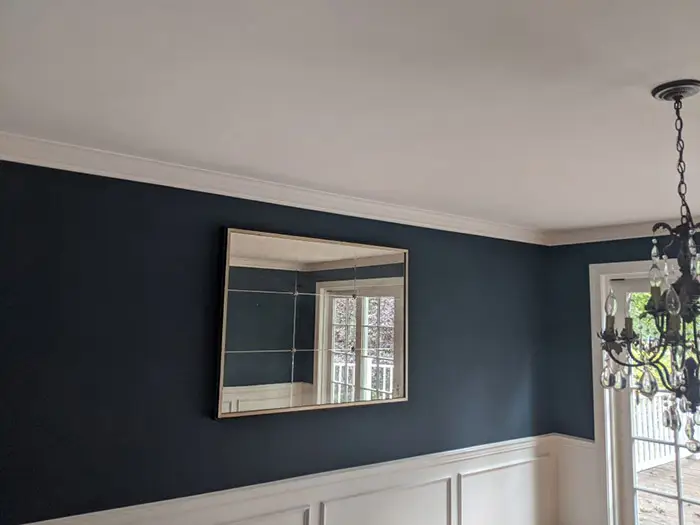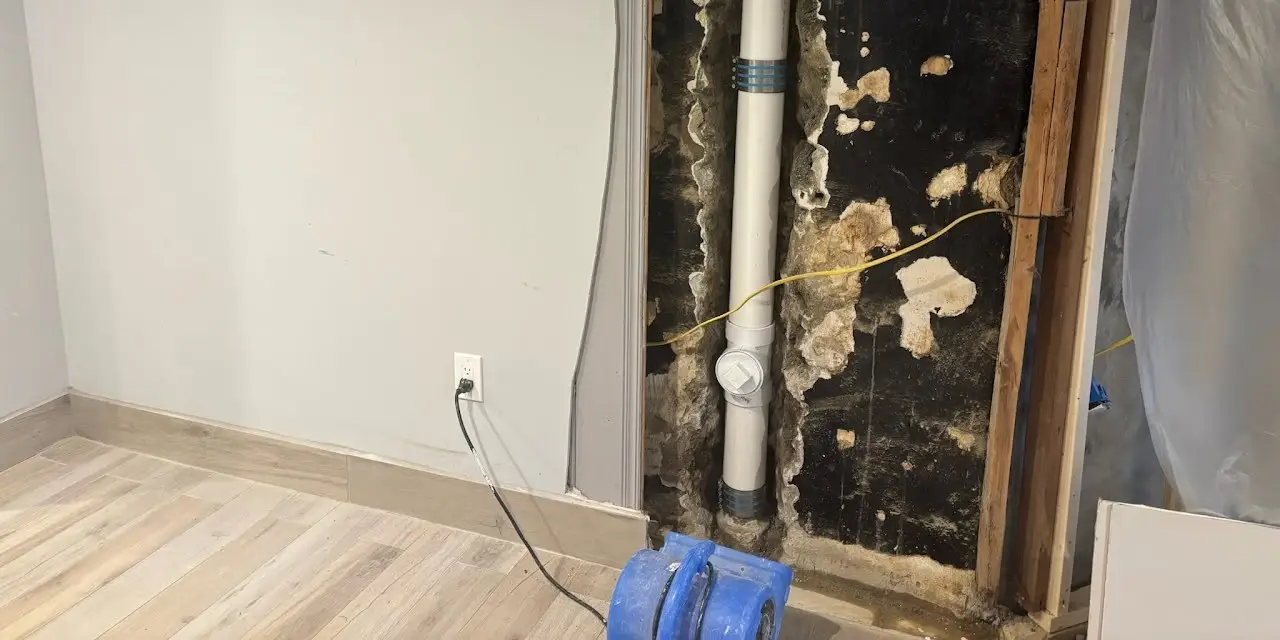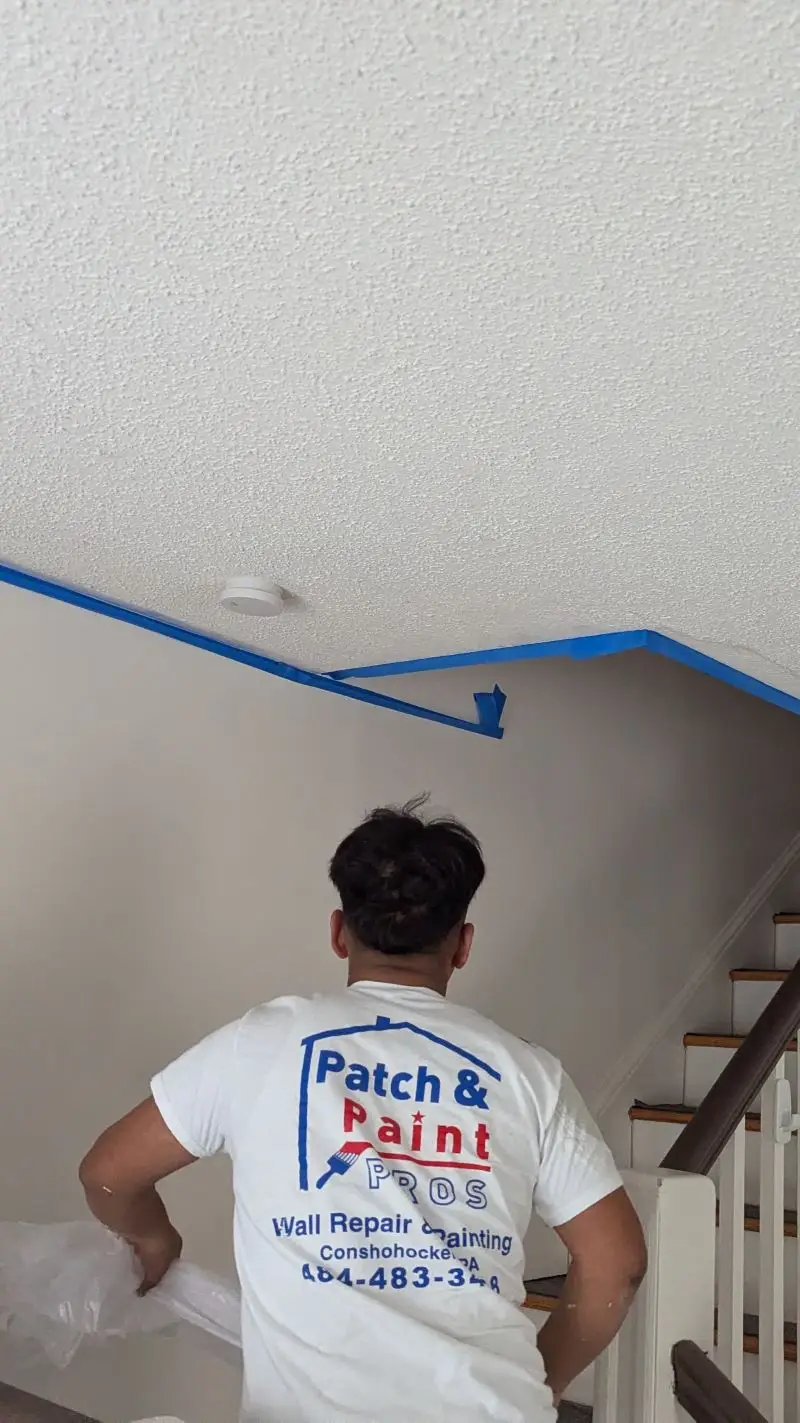Painting the exterior of your home can seem overwhelming, but with the right guidance, it can be a rewarding experience. Whether you plan to hire an exterior painting company or take on the project yourself, this article will provide valuable insights into the process.
We’ll explore important factors to consider when selecting paint colors and supplies and provide tips for prepping your surfaces before applying paint. We’ll also cover different techniques for achieving a smooth, even finish, and touch on important safety considerations.
With this comprehensive guide, you’ll be well-equipped to tackle your exterior painting project with confidence and achieve professional-looking results.
Choosing The Right Paint Colors
Selecting the perfect color for your home’s exterior paint is a crucial aspect of its overall appearance. It’s important to consider factors such as natural light, surroundings, and architectural style when choosing a color scheme. For instance, if you want a classic and timeless look, white exterior paint can create a fresh and elegant feel.
Consider any existing colors in the area – these can help guide your selection process and create an overall cohesive look. Additionally, consider textures when selecting exterior paints; think about how light may reflect off different surfaces on both sunny and cloudy days.
Before starting with paint colors, it’s also essential to select supplies that are best suited for outdoor projects. From brushes to rollers, you’ll want quality materials so your work lasts through all types of weather conditions.
Selecting The Right Supplies
Just like a master chef selects the right ingredients to create a culinary masterpiece, choosing the correct supplies is key to achieving an eye-catching exterior paint job. When it comes to painting, high-quality paint, oil-based paint, a paint roller, a paintbrush, and a paint tray are must-haves.
Selecting the right size brush and primer is essential to achieve great coverage and ensure the items last through multiple projects. By shopping around for quality supplies at reasonable prices, you can save both time and money and prevent future frustration.
After acquiring the necessary supplies, the next step is surface preparation. It’s crucial to start by cleaning off dirt or peeling paint to ensure the new coat of paint adheres properly and looks its best. Using suitable cleaning tools and detergents may be necessary before starting to paint.
Preparing The Surface
Before applying paint to the surface, it is important to properly prepare it. This includes scraping away any rust present and evaluating the overall condition of the area. To do this effectively:
- Inspect for any flaking or rusty patches on the walls with a scraper
- Remove loose debris and clean off the dirt from the wall with soapy water
- Scrape away any rust that has formed on metal areas using an abrasive brush
- Pressure wash if necessary to remove stubborn stains
- Fill in holes or cracks with spackle before painting
Applying The Paint
Painting a house is like creating a work of art – every brush stroke has to be carefully considered and executed. Applying the paint requires careful preparation, as you need to protect surfaces that should not get painted with drop cloths or plastic sheets.
Once everything is ready, it’s time to pick up a brush and start painting! It’s important that each brushstroke follows the grain of the surface in order for your exterior paint job to look its best. If you’re using latex-based paints, make sure they are stirred properly before applying them to walls, gates, and fences.
As you apply the coat of paint evenly on each area, take breaks when necessary so that you can assess how much coverage you have applied already. This way you’ll know exactly where more attention is needed and ensure an even finish throughout your entire home’s exterior. With patience and care taken during the application, your freshly painted home will soon become a beautiful sight for all eyes to behold!
Maintaining Your Exterior Paint Job
Once you’ve completed painting the exterior walls of your property as a professional painter, it’s crucial to consider the upkeep to maintain the paint’s longevity. One of the ways to enhance its lifespan is to weatherproof and seal any cracks in the surface.
Begin by using a damp cloth to wipe away any dirt or debris, being careful not to use excessive water, which could damage the paint finish. Next, apply an outdoor sealant specifically designed to safeguard against moisture, wind, and sun exposure, all of which could lead to fading over time.
Regularly check for wear and tear, particularly around windows and doors, where rain and snow exposure is heightened. If you identify minor cracks along seams or edges, fill them with caulk to prevent future larger issues.
In addition, keep leftover paint handy to touch up any chips or scratches that occur over time. These simple measures will ensure your exterior remains in great condition for years to come!





